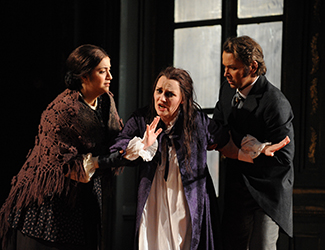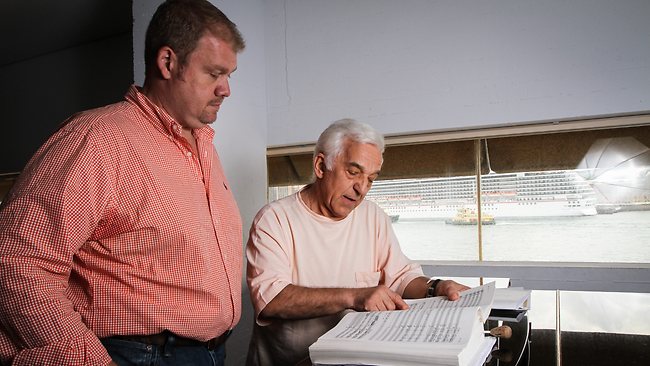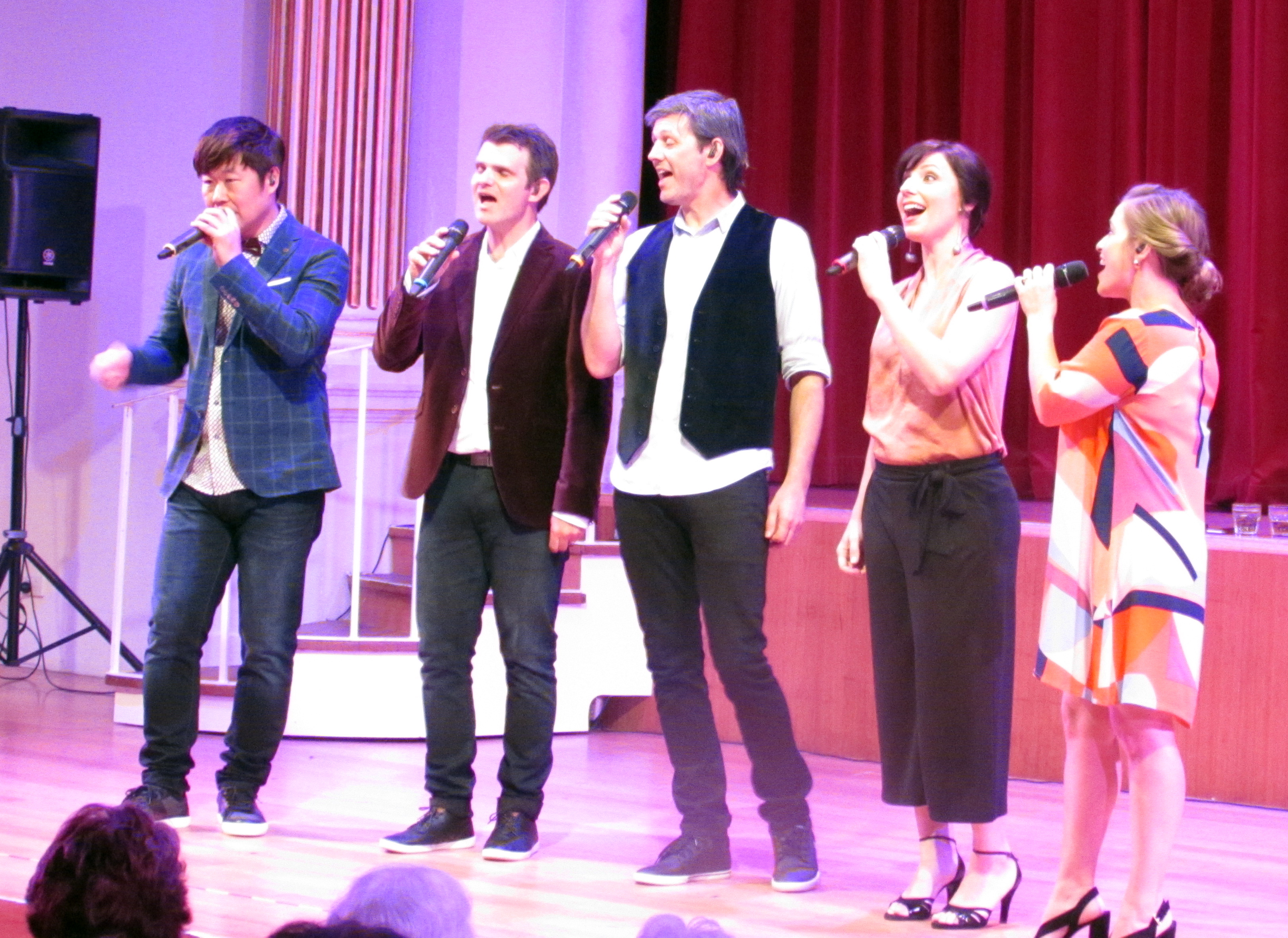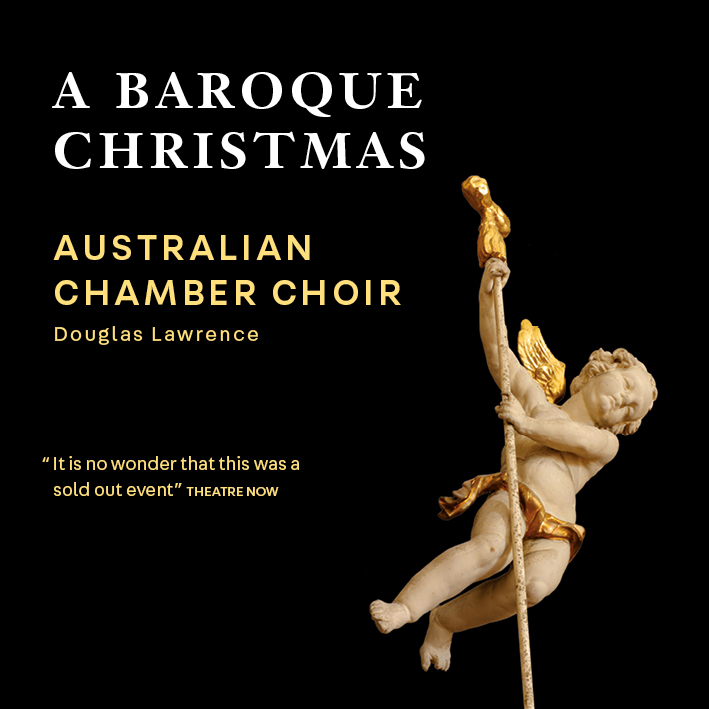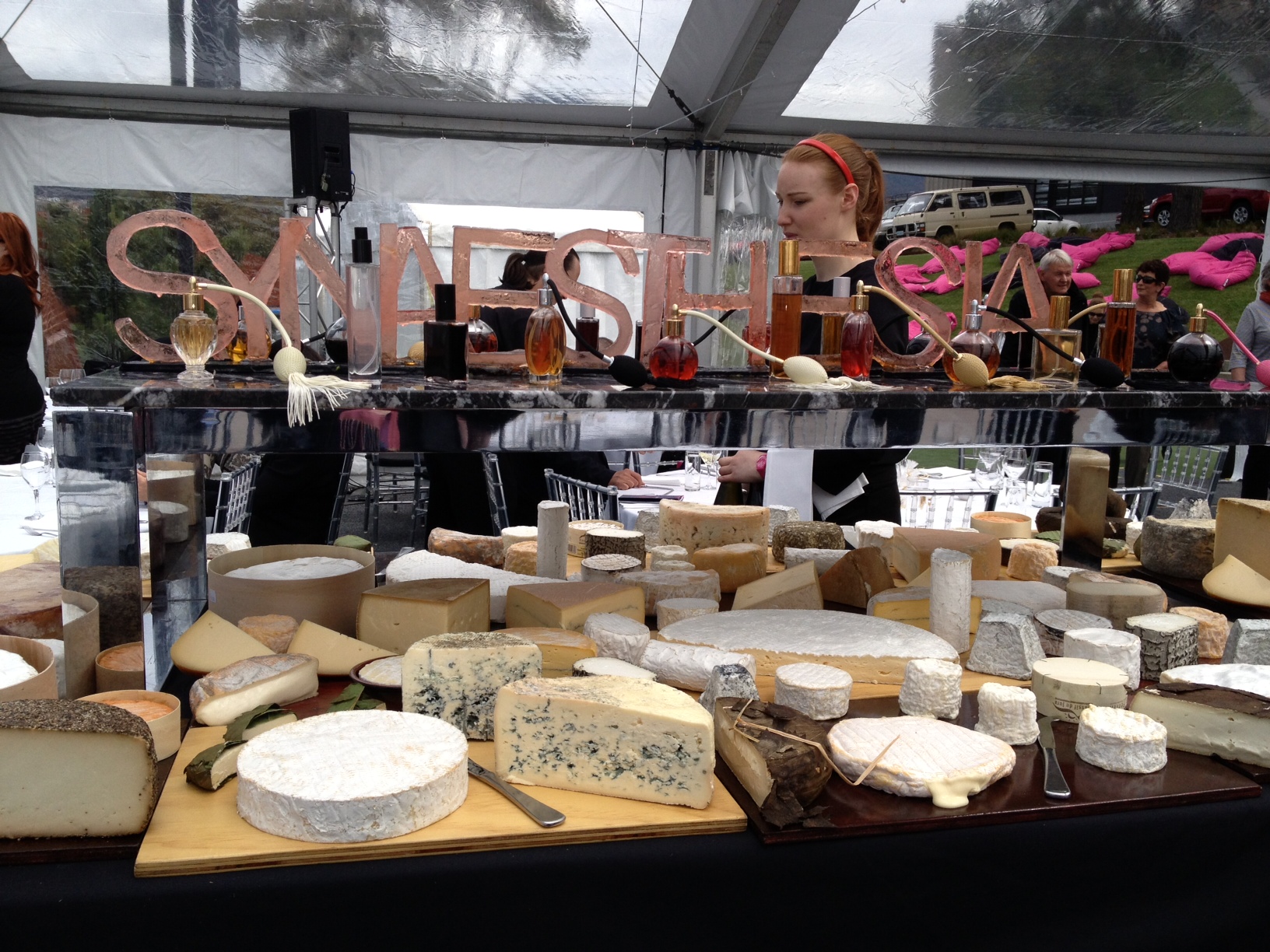Concert Review: Ludovico Einaudi

Ludovico Einaudi, piano
Australian Opera and Ballet Orchestra
Concert Hall, Sydney Opera House,
February 8, 2015.
Italian pianist Ludovico Einaudi mesmerised his capacity audience at the Sydney Opera House last weekend, on this, his third visit to Sydney. Einaudi performed a selection of his own compositions, accompanied by 19 members of the Australian Opera and Ballet Orchestra whom he directed from the piano.
Einaudi placed his piano in the centre of the stage, lid elevated just halfway, surrounded by the orchestra, presenting the piano as very much a part of the ensemble rather than a solo instrument. The entire experience was designed to induce a sense of calm. The lighting was low and the haze was about. Einaudi radiated serenity as he walked slowly onto the stage. His touch was delicate, coaxing plaintive melodies above a babbling chordal bass; but there were moments of percussiveness and restlessness as well, providing an effective foil to the tranquility and introspection.
Einaudi’s classical training is evident. He graduated in composition from the Verdi Conservatorium in Milan and furthered his studies with Luciano Berio. Subsequently influenced by a spectrum of styles and musicians, Einaudi has gone on to become one of the world’s most successful performers, recording artists and composers, with his concerts selling out in major venues around the world and his discs and movie scores winning prestigious awards.
Unfortunately there was no programme and one can be familiar with Einaudi’s music without being able to recognise all the works that he played. Tracks from his recording In A Time Lapse were at the core of the programme, most notably, I Giorni.
There was fine playing from the Australian Opera and Ballet Orchestra, deservedly on stage and performing with an instrumental soloist in a welcome change to their usual habitat in the pit of the opera theatre.
Einaudi’s minimalism stands distinct from his peers perhaps for its romantic and filmic elements. Although there is clinical rhythmicity in his music, there is also passion in the way he teases every last moment of rubato from the sounds he has left suspended in mid-air; his harmonies are warm.
Einaudi’s effortless melodies, recurring themes, barely-there ornamentation, straightforward rhythms and arpeggiated chords induce a measure of meditative quietude as heartbeats fall into step with the flow of sound and breaths rise and fall in time.
The understated simplicity of Einaudi and his music had a visceral effect lulling his listeners into an escapist calm. Perhaps this is what lies at the heart of his massive appeal.
Despite the hypnotic effect of the music, the audience roused themselves to a standing ovation demanding several encores to which Einaudi graciously responded.
Shamistha de Soysa for SoundsLikeSydney©



